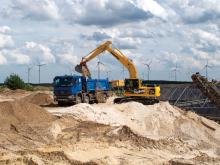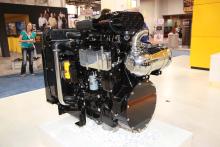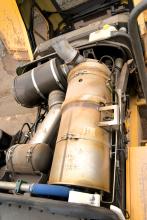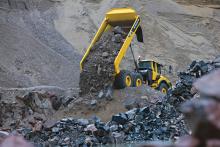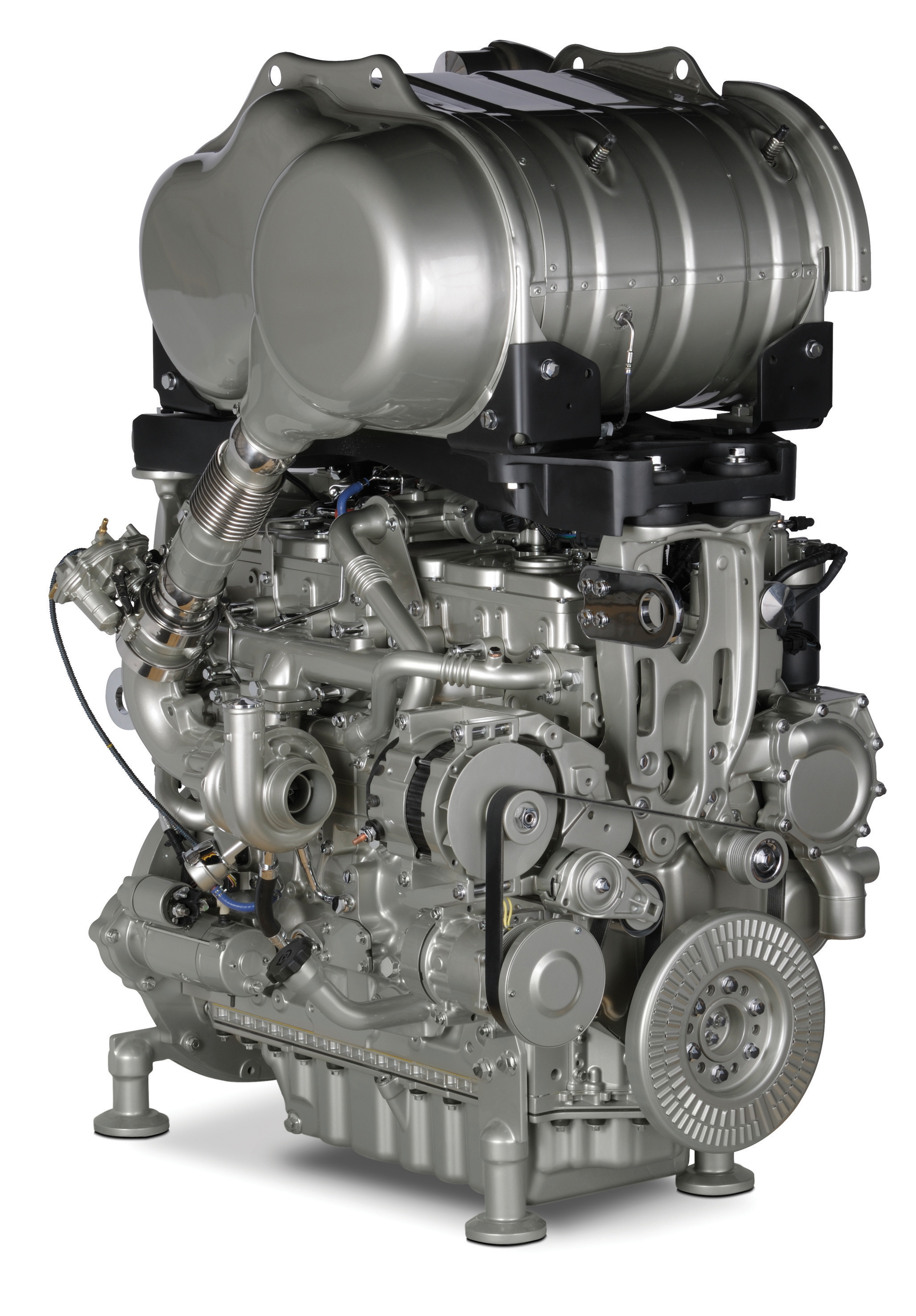
Much of the talk at this year’s bauma exhibition in Munich, Germany will once again be about engine technology. A lot of the new equipment on show will be seen for the first time with EU Stage IIIB/US Tier 4 Interim power under the engine canopy, some previously seen last year at Intermat in Paris.
The engine manufacturers themselves will be keen to show that they are already on top of Stage IV/Tier 4 Final emissions standard.
Regulators realise that for a major manufacturer changing over in one go to a new engine emissions standard is a complex and costly procedure. They therefore allow a programmed transition, more commonly known as flex.
The flex rules permit manufacturers of off-highway equipment to continue to build a percentage of previous generation models where engines have already been built. Some manufacturers have made wider use of this programme than others, pre-building a stock of engines to last throughout the year, while a few are even using it as a way to avoid Stage IIIB/Tier 4 Interim altogether, delaying the change until they can move their machines directly to Stage IV/Tier 4 Final.
One of the reasons for delaying the installation of these lower emissions engines is cost, as a less regulated motor will almost certainly carry a lower purchase price, and in many cases reduced service and maintenance costs, throughout its life.
However the flip side of that is that many of the latest engines are not simply cleaner but are far more efficient, returning considerably lower fuel consumption.
While it might be less expensive to purchase a machine with a Stage IIIA engine than one with Stage IIIB, the fuel saved by the company that takes the green option could more than balance out the initial outlay.
Of course this is largely irrelevant now as almost all off-highway mobile equipment will make the move at least to Stage IIIB/Tier 4 Interim for use in both Europe and the US this year. Lower Tier engines remain in use in other territories, where emissions standards are running one, and in some cases two Tiers behind.
The bad news for customers is that the move to Stage IV/Tier 4 Final is also going to incur additional cost as it will involve the use of added technology and increasingly expensive components. While some manufacturers are still talking about further fuel saving opportunities, and increases in power output, it seems doubtful that the benefits will outweigh the rising cost of equipment.
Until now engine suppliers have gone down a number of different routes to meet engine emissions regulations, but they are all coming to much the same conclusion for the future. Very high pressure common-rail fuel injection, usually at least 2,000bar, would appear to be the starting point with variable geometry turbocharging and electronic engine control being equally popular standards.
The discussion about whether to opt for exhaust gas recirculation (EGR) or selective catalytic reduction (SCR), with a urea-based exhaust additive such as AdBlue, is also becoming less important as to meet Stage IV/Tier 4 Final many manufacturers will have to adopt both systems.
It is interesting to note that while engine output has been increased across the range, Perkins is promising up to an 8% fuel economy benefit from the new engine design.
It’s a similar story at
As an idea, Perkins says that the DPF used on its Stage IV 1200 Series engines should remain service-free for up to 8,000 hours on a 60% duty cycle. Interestingly, the company says that its engineers can now check for customers how far into the process the DPF is on a machine, before it is put up for sale on the used equipment market.
The used market has been causing its own concerns for engine and equipment manufacturers for some time, as Stage IIIB and certainly Stage IV engines all require the use of low sulphur fuels, which are not always available in some of the non-regulated territories that might be keen to take second hand equipment.
However, increasingly engine manufacturers are coming up with ways in which their engines can in effect be de-Tiered, by lowering fuel injection pressures, removing EGR systems and in some cases adding a lubricity doser to the fuel system.
Looking forwards, one of the most interesting developments in the engine market at bauma will come from
Already seen for some time in car, van and truck markets, Start/Stop will automatically turn the engine off after it has been idling for a set time. The engine will then restart as soon as the operator activates any of the machine’s controls. The company claims that the use of Start/Stop could save customers up to 5% in terms of fuel
With some engines almost reaching a zero-emissions point, future development will no doubt have to look at systems like this for further advances in fuel consumption. However it won’t just be about the engine, manufacturers will increasingly need to bring all of the components in the driveline together to achieve further efficiency gains.
One of the most exciting advances in transmission technology is gaining in popularity, with both Dana Rexroth and
The HVT transmission takes the best of both systems using the hydrostatic module for instant acceleration and low-speed drive and then switching to the efficiency of the mechanical transmission element for higher speeds.
Manufacturers claim that an HVT box can deliver fuel savings of up to 25% compared to a conventional torque converter automatic transmission.
We will also see a number of hybrid machines on the market this year, mostly built around crawler excavator base models, but some also on wheeled loaders. The hybrid, whether it uses batteries or super-capacitors to store electricity, requires a motor/generator to create the electrical energy.
Komatsu talks about efficiency and fuel savings of around 20% being possible. Given that the hybrid machine uses a four-cylinder engine while the PC210 on which it is based has a six-cylinder motor that could be a conservative estimate.
There is little doubt that we will continue to see further fuel saving and energy efficiency gains being promoted across a wide range of equipment. However, as is so often the way, while these gains should help to reduce running costs, the technology is not going to be cheap. Fuel costs are only going one way, and it looks like purchase prices will be running along with them.

